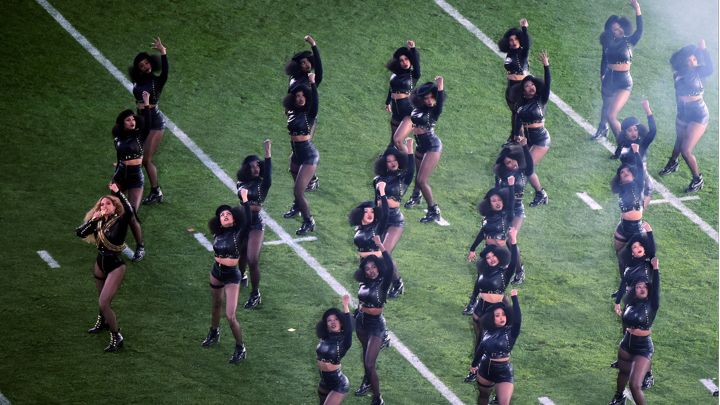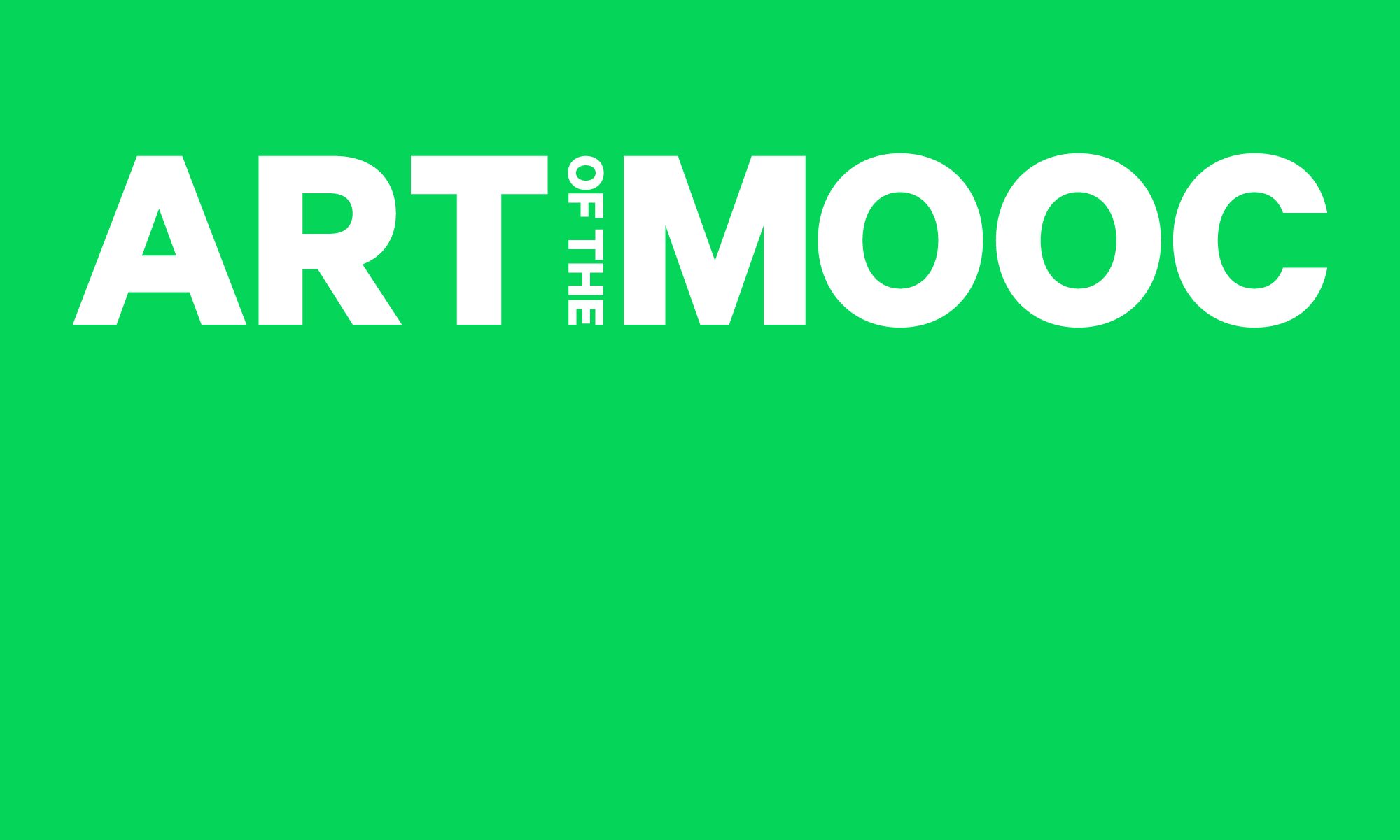

Commercial Spectacle & Public Art
Why I can’t take any commentary on Beyonce’s Super Bowl Halftime performance serious…on either side. Pedro Lasch states early in the first lecture that “public art has always been a great way to understand entire societies. It’s through our definition of the public that we define the relations between the visible, the invisible, the national and …
Continue reading "The Olympic Project for Human Rights (OPHR)"

